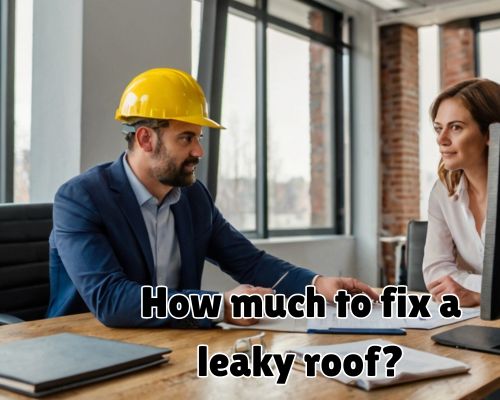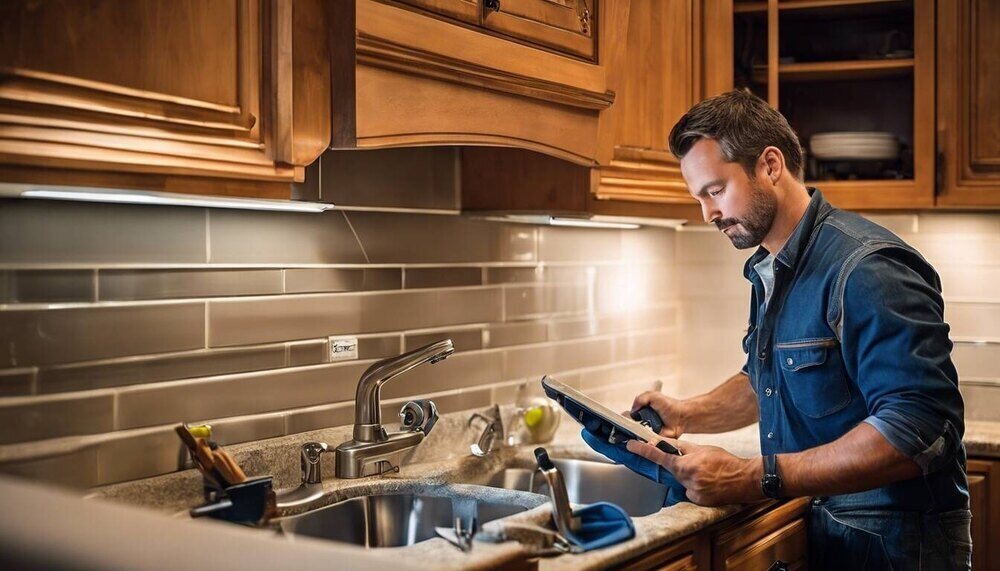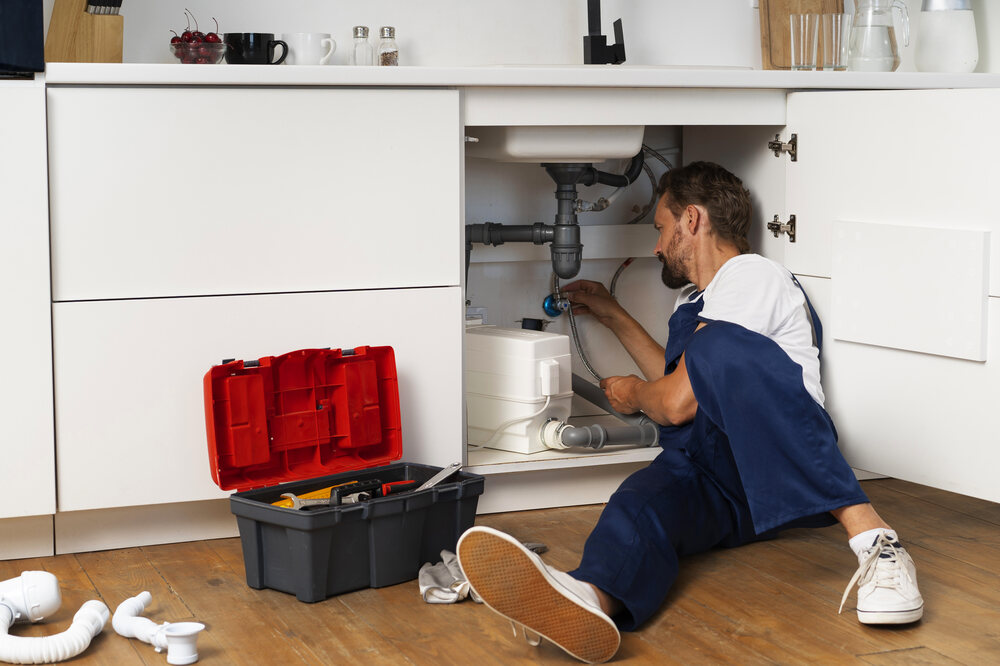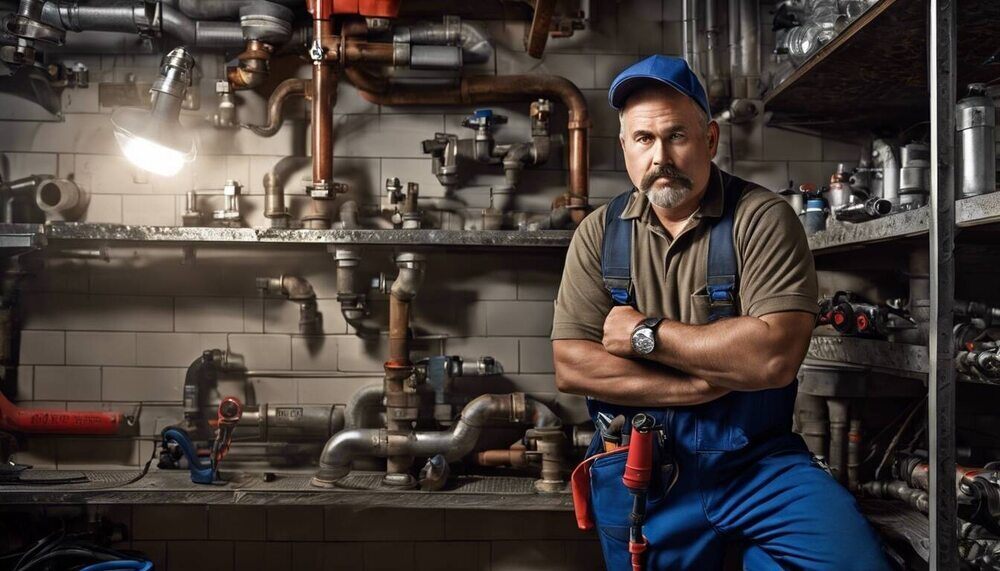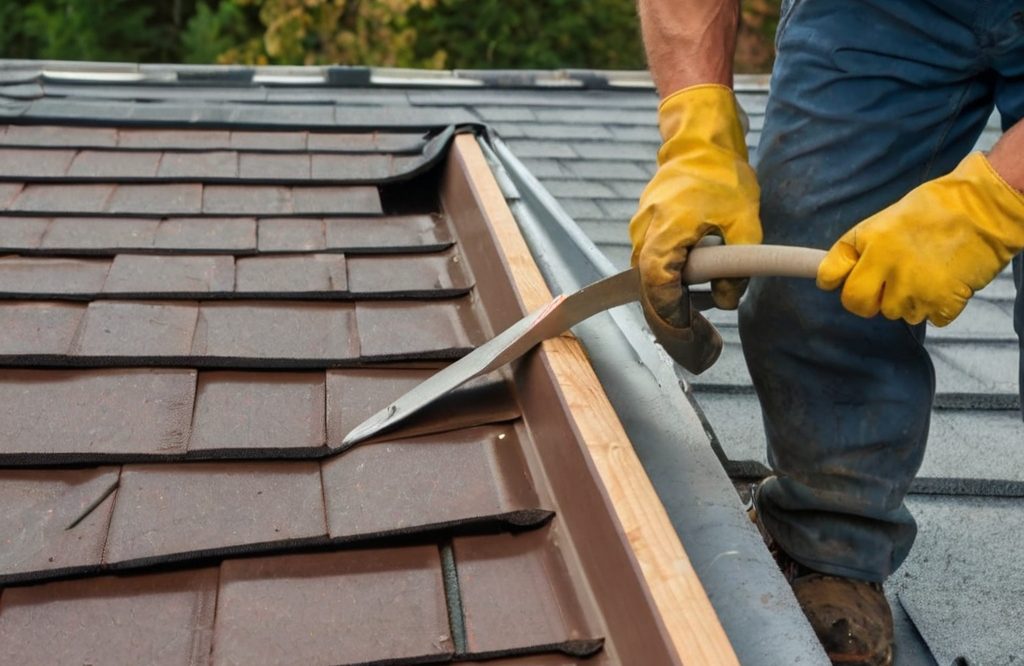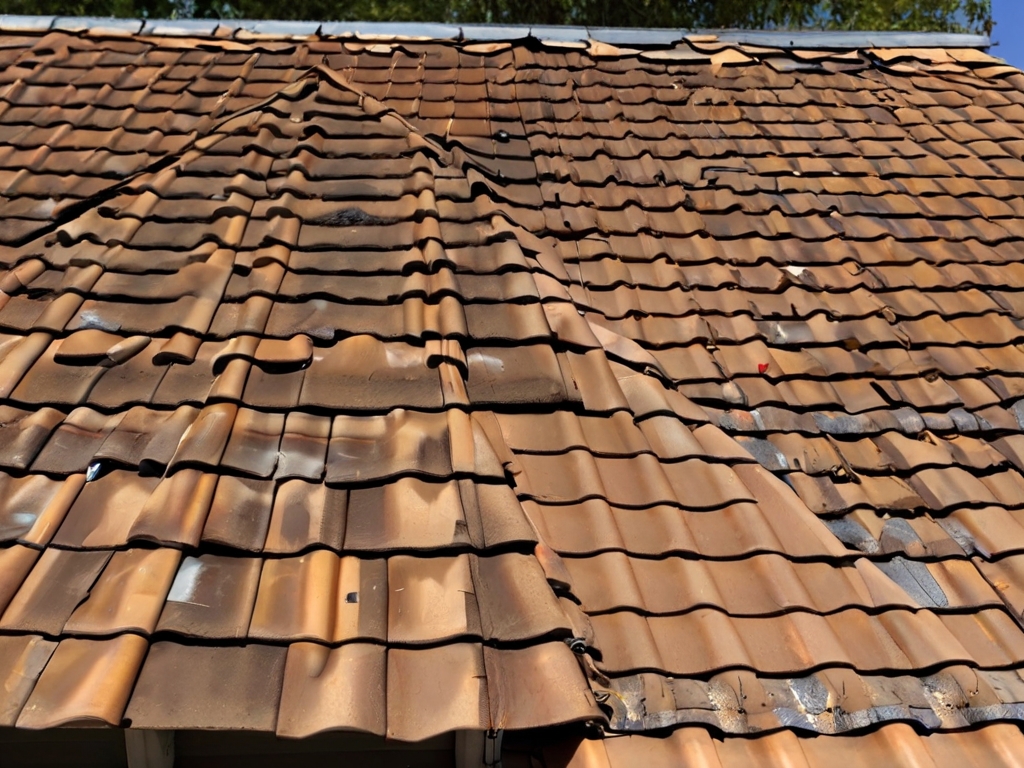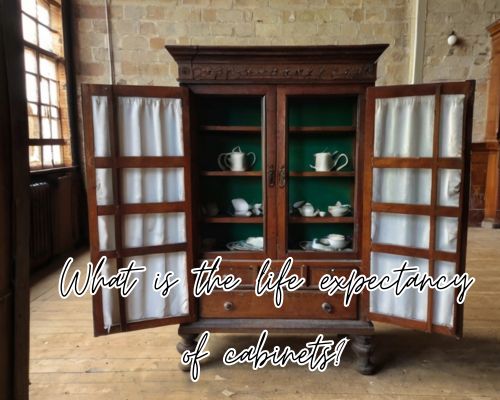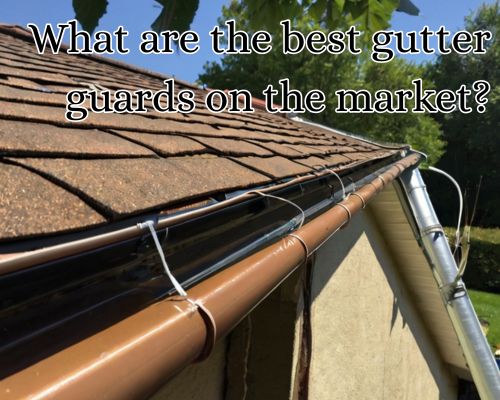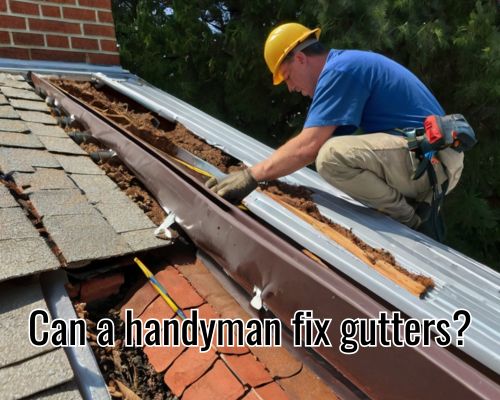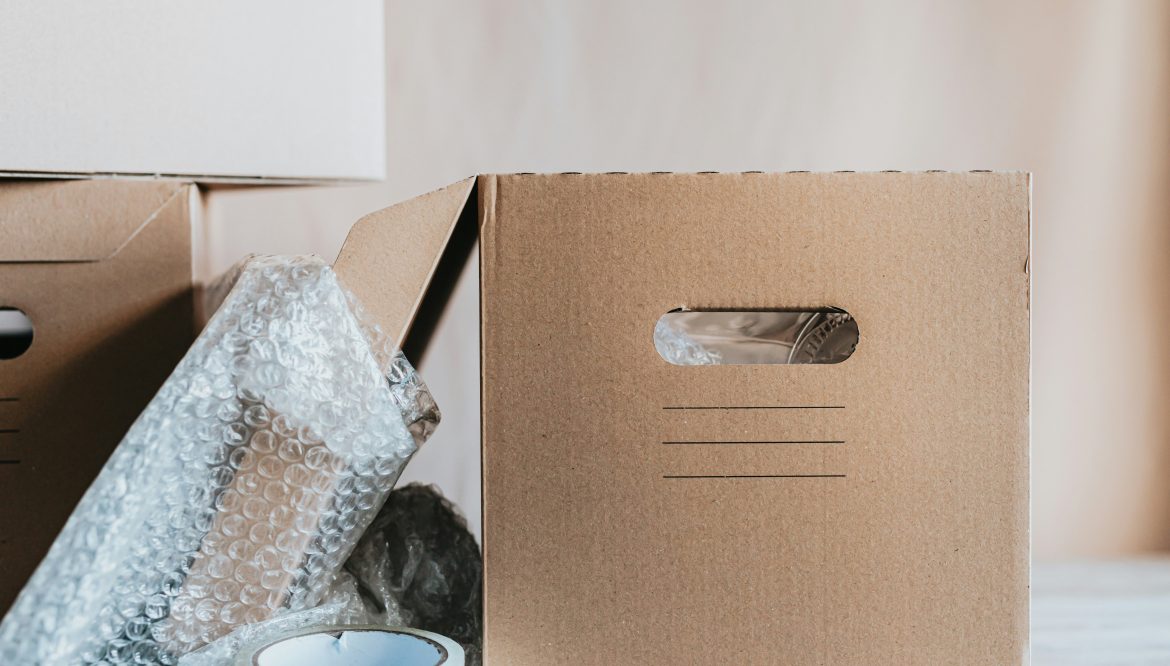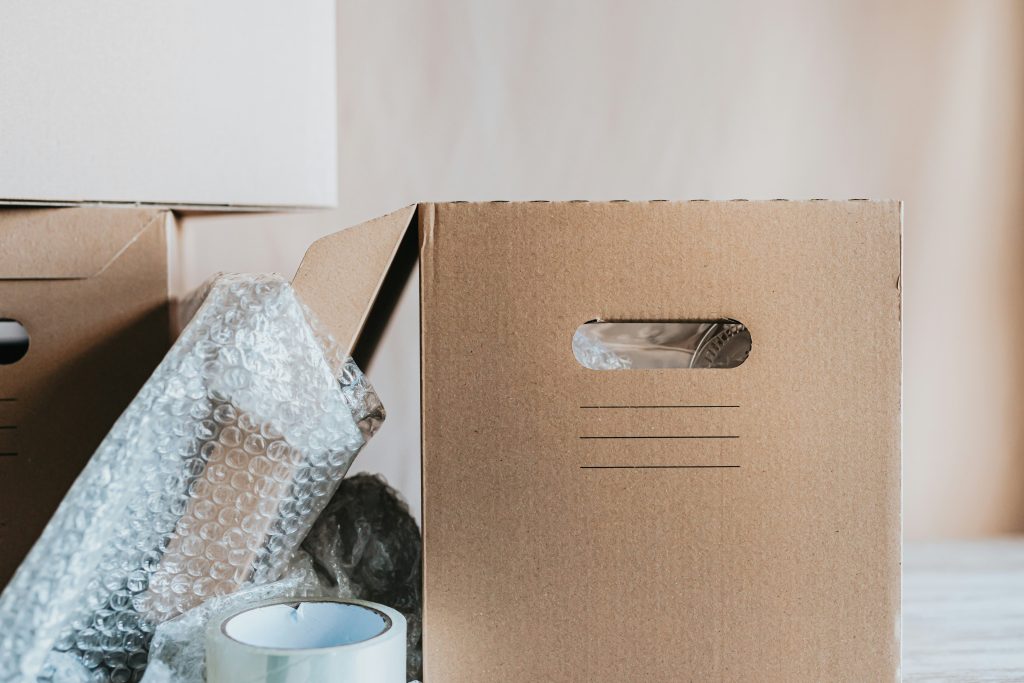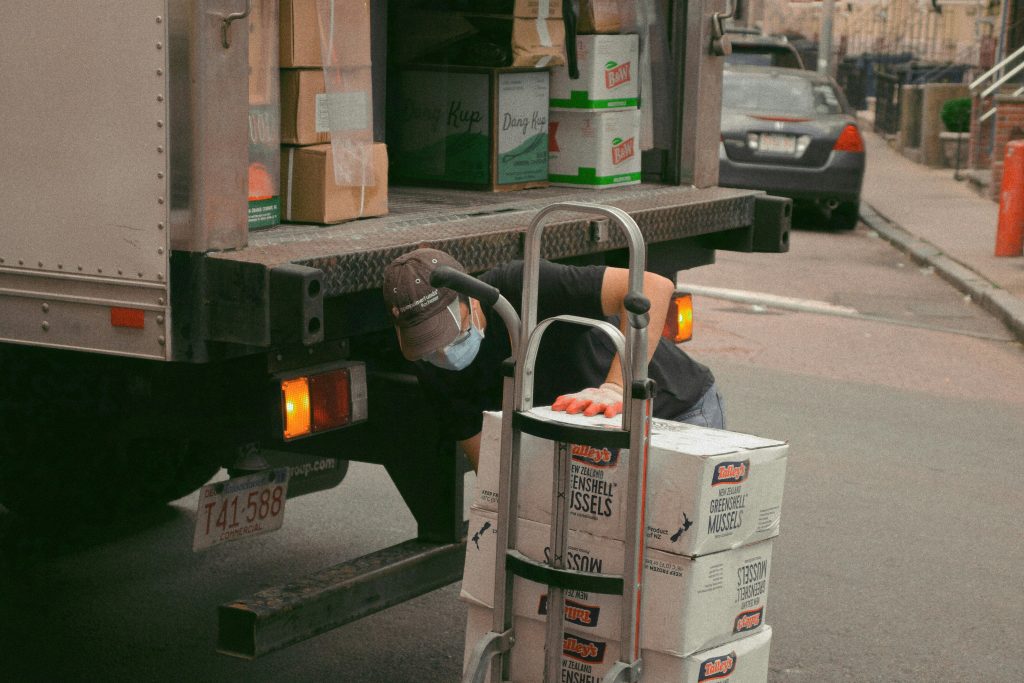Replacing or repairing a roof in New Jersey is a significant financial investment—and one that can be negotiated. If you’re wondering how to negotiate the price of a roof, you’re not alone. With roofing costs in the Garden State ranging from $6,000 to $20,000 depending on materials, square footage, and contractor rates, knowing how to tactfully and effectively reduce your final invoice can save you thousands.

Whether you’re a homeowner in Newark, a property investor in Trenton, or a landlord in Jersey City, understanding the intricacies of roof pricing and negotiation can make all the difference. With CJ Commercial Roofing NJ, let’s unpack the best practices to secure a high-quality roof—without overpaying.
Understanding Roofing Costs in New Jersey
Before you enter a negotiation, you need to be armed with facts. Roofing prices in New Jersey are influenced by several factors:
- Material Type (e.g., asphalt shingles, metal, slate, clay tiles)
- Roof Size and Complexity (e.g., gables, valleys, pitch)
- Labor Rates (varies by county: higher in Bergen, lower in Cumberland)
- Permit Fees and Local Code Compliance
- Waste Removal and Cleanup
According to recent data from HomeAdvisor and Angi, the average cost of a new roof in New Jersey is between $8,500 and $15,000 for a standard 1,500 sq. ft. home. High-end options like metal or clay tiles can push costs beyond $25,000.
Salient Entities: GAF, Owens Corning, CertainTeed (popular roofing brands in NJ); New Jersey Department of Community Affairs; NJ roofers; township-specific building permit offices.
1. Get Multiple Roofing Quotes—And Use Them
A cardinal rule when learning how to negotiate the price of a roof is never settle for the first quote. Always get at least three estimates from licensed roofing contractors in New Jersey.
When requesting bids, ensure they include:
- Line-by-line breakdown of materials and labor
- Details on warranty (both manufacturer and workmanship)
- Start and completion dates
- Scope of work (tear-off, underlayment, ventilation, flashing, etc.)
📝 Tip: Use competing estimates as leverage. For instance, if a Cherry Hill roofer quotes $17,000, but a licensed Monmouth County contractor offers $13,500 for the same specs, use that to negotiate a price match or add-on services (e.g., gutter replacement or upgraded underlayment).
2. Know Your Roof’s Square Footage and Material Options
Educate yourself about your home’s roof size and the most cost-effective materials suited to New Jersey’s climate, which sees harsh winters, humid summers, and Nor’easters.
Popular NJ Roofing Materials (and Price Ranges):
- Asphalt Shingles ($4.00–$7.00/sq.ft.): Most common and cost-effective
- Metal Roofing ($8.00–$15.00/sq.ft.): Durable and energy-efficient
- EPDM Rubber Roofs (Flat roofs; common in urban NJ areas): $6.00–$12.00/sq.ft.
- Slate/Clay ($15.00–$30.00/sq.ft.): High-end and historic, especially in older towns like Princeton
Knowing your options allows you to downgrade or upgrade materials for better negotiation room—say, choosing 30-year shingles over 50-year architectural shingles. For professional needs, go to CJ Commercial Roofing NJ.
3. Time Your Roofing Project Strategically
Roofing in New Jersey tends to be seasonal. Spring through early fall is peak time, making it harder to negotiate due to high demand. Schedule your project for the off-season (late fall or early winter) to increase your leverage.
Contractors are more willing to offer discounts to keep crews busy during slower months. A roofing contractor in Paterson may drop labor rates by 10–15% during December–February compared to August.
4. Check Licenses, Insurance, and Reviews
Negotiating from a position of knowledge builds trust and shows you’re not an easy mark. In New Jersey, roofing contractors must be registered with the New Jersey Division of Consumer Affairs.
Ask for:
- NJ Home Improvement Contractor (HIC) License #
- Proof of liability insurance and workers’ compensation
- References and recent projects
Then, check their Google Reviews, Better Business Bureau (BBB) rating, and NJ Contractors’ Complaint Registry.
Contractors are more likely to give fair pricing—or offer incentives like upgraded flashing or free ridge vents—if they know you’re a savvy buyer who will leave a public review.
5. Ask About Roofing Rebates, Warranties, and Financing
New Jersey residents may qualify for energy-efficient roofing rebates, especially when installing reflective roofing systems or ENERGY STAR-rated materials.
Don’t just focus on lowering the price—ask for value-added incentives such as:
- Extended workmanship warranties
- Free attic inspections or ventilation upgrades
- Manufacturer rebates (e.g., GAF or CertainTeed promos)
- Flexible financing options (low-interest or same-as-cash)
Local roofers in towns like Edison or Elizabeth may offer special discounts for seniors, veterans, or first responders. Ask directly!
6. Negotiate the Payment Schedule
Another part of how to negotiate the price of a roof involves flexible payment terms.
Standard practice is a 30–50% deposit upfront and the rest upon completion. You can often:
- Negotiate a smaller deposit (10–20%) to reduce upfront cash burden
- Schedule staggered payments tied to specific milestones
- Request a discount for paying in full (many contractors offer 3–5% off)
Pro tip: Always get everything in writing—never rely on verbal promises.
7. Leverage Local Connections
If your neighbors, HOA, or property management group is doing roofing work, consider bulk negotiation. Contractors working on multiple homes in the same area (e.g., new roofs in Hoboken row homes or condos in Asbury Park) may offer lower per-roof costs.
Inquire about group rates, referrals, or neighborhood discounts.
Also, mention if you found them through a local lead (e.g., a Ridgewood hardware store or local realtor), which can sometimes prompt a better rate or added perks.
8. Be Respectful—But Firm
Roofers are professionals, and the best negotiation approach is collaborative, not confrontational.
Ask:
- “Is there flexibility in the pricing if I go with standard shingles?”
- “Can you waive the cleanup fee if I handle disposal myself?”
- “What can you do to bring this closer to my budget of $10,000?”
Stay friendly, but let them know you’re price-conscious and willing to walk if it’s not a fair deal. Often, contractors are willing to throw in upgrades or adjust pricing slightly to close the job.
Final Thoughts: Smart Negotiation Saves Roofs & Wallets
Learning how to negotiate the price of a roof in New Jersey is a skill that combines research, timing, and emotional intelligence. In a state with high housing costs and variable weather, every dollar counts.
From Camden to Clifton, understanding material costs, contractor behaviors, seasonal shifts, and financing options can put you in a strong position to not only save—but also secure a roof that adds long-term value to your property.
💡 Pro Move: Always get a final contract reviewed before signing. And don’t forget to keep a copy of the warranty and proof of payment—it’ll help with resale or future claims.
